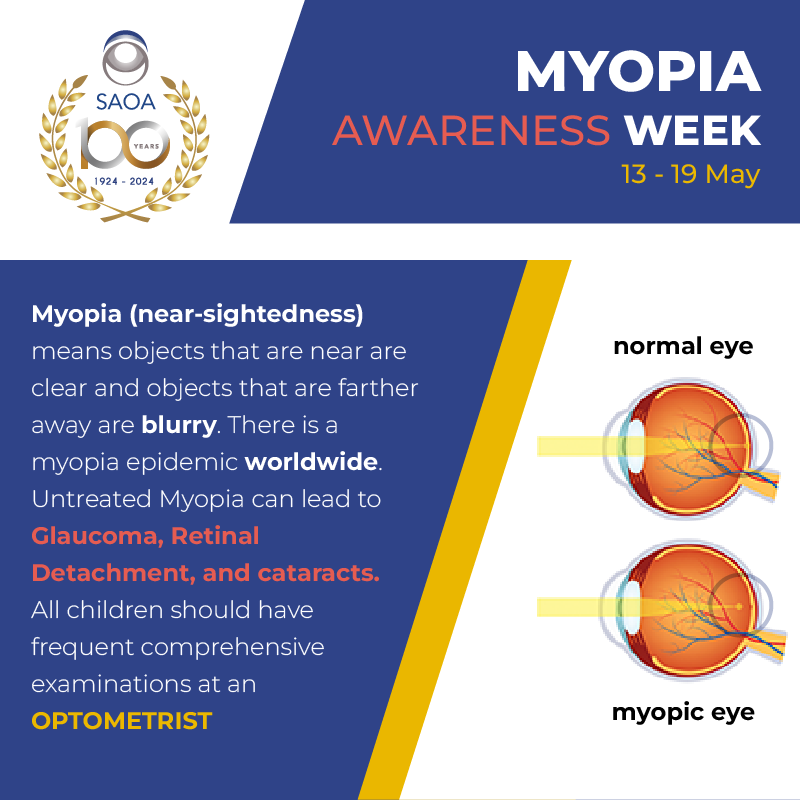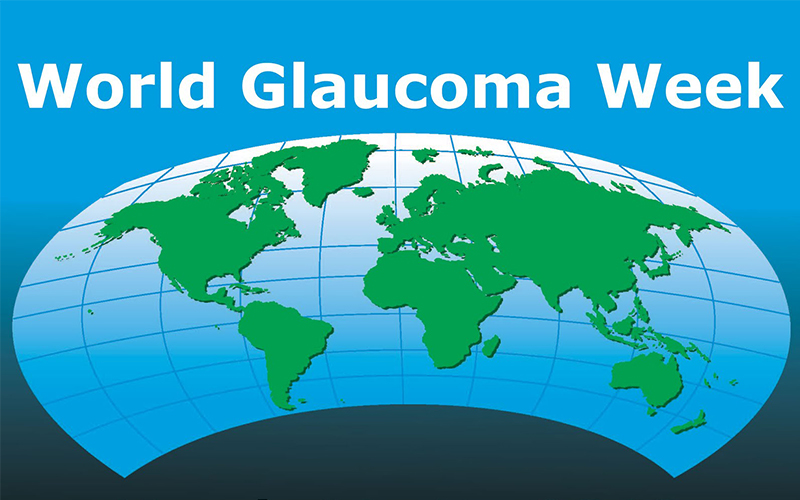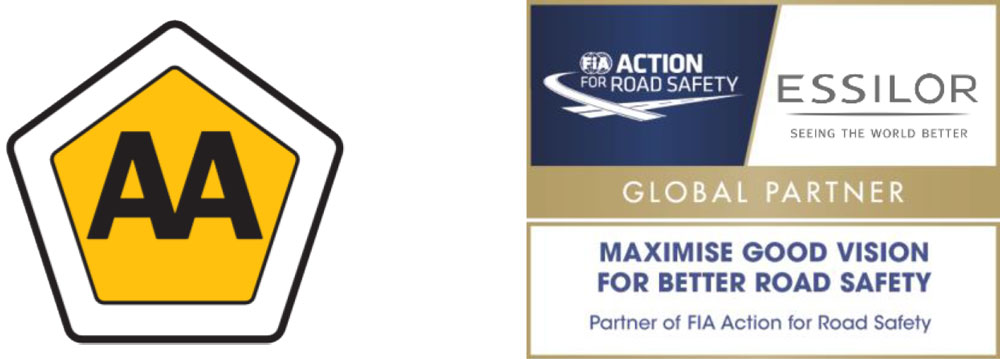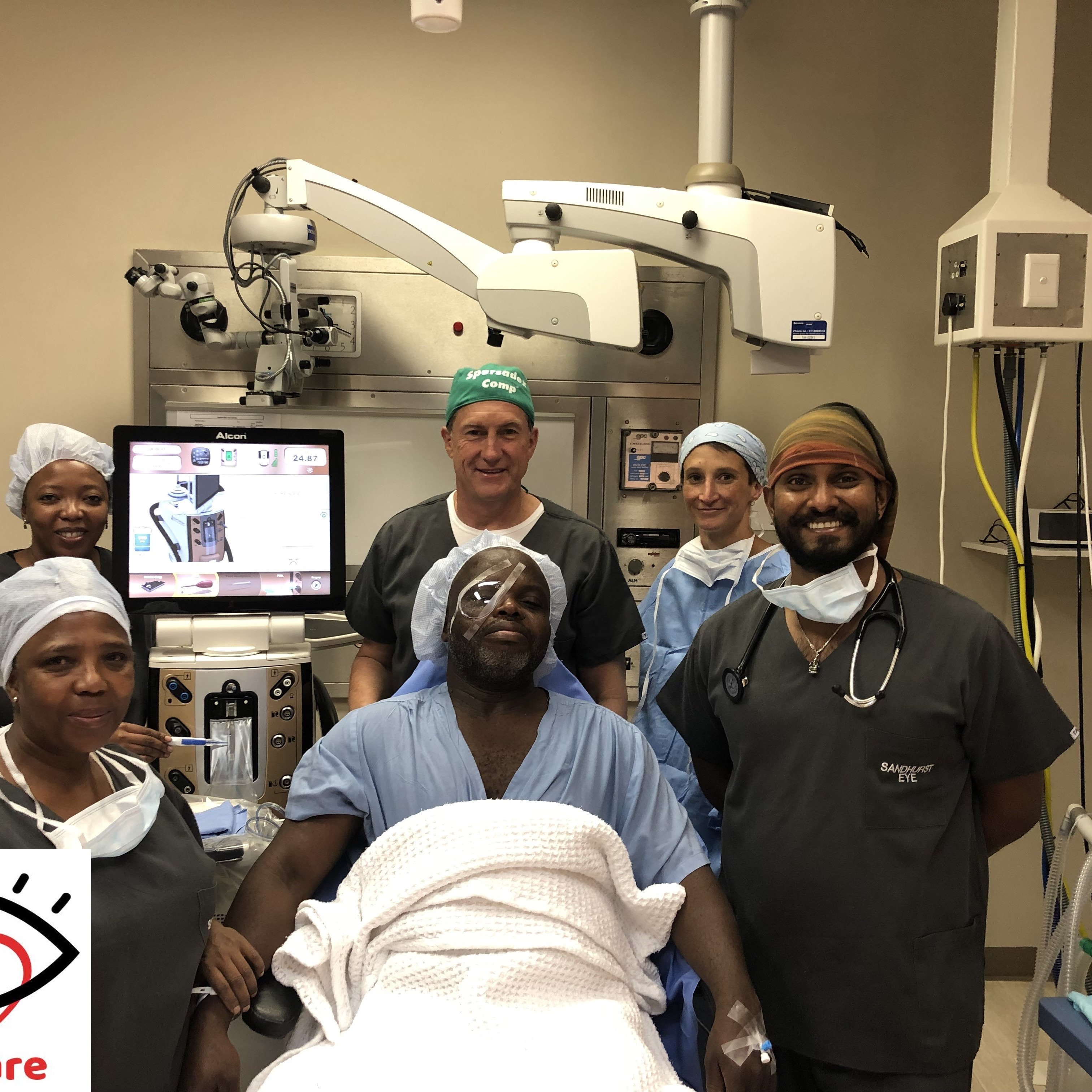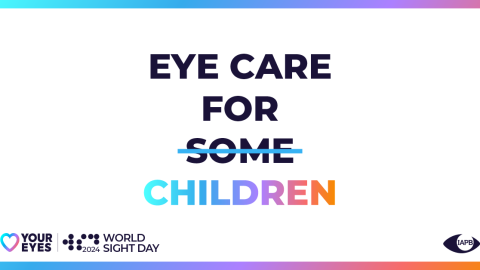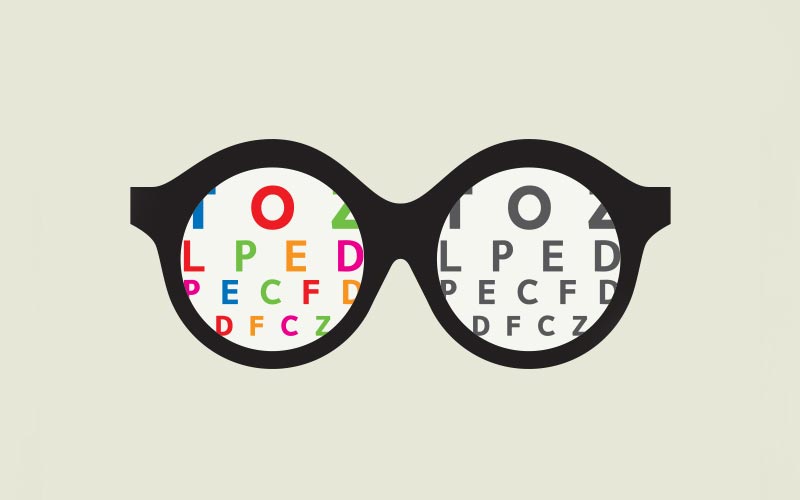The global burden of myopia is growing at an alarming rate. To tackle this public health crisis, myopia awareness week is being observed worldwide, from 13 to 19 May 2024, primarily to raise awareness, with emphasis on juvenile-onset myopia.
Globally, myopia is a leading cause of avoidable vision loss. By the year 2050, nearly half of the world’s population will be myopic. That is a staggering 5 billion people suffering from potentially preventable vision loss and increased risk of blindness. These have important implications for planning comprehensive eye care services, including refractive services such as spectacles and managing and preventing myopic-related ocular complications and vision loss among people with high myopia.
The impact of myopia is substantial. It is a lifelong condition that negatively impacts quality of life and increases the risk of other sight-threatening conditions such as glaucoma, cataracts, myopic macular degeneration and retinal detachment. But with commitment from eye care professionals and caregivers, we can control the rise of myopia.
What Is Myopia?
Myopia is the single greatest threat to our children’s vision.
Myopia is an eye condition that results in poor vision in the distance. It is also known as near-sightedness because myopic people can still see things clearly that are close.
In myopic eyes, commonly, the length of the eyeball is longer than it should be, causing images of objects from distance to be focused in front of rather than on the light sensitive layer of the eye, also known as retina.
What causes Myopia?
Both genetics and environmental factors play a role, however the significant increase in the number of myopic people in the recent years is attributed to environmental risk factors. Studies from across the world have indicated that less time outdoors and longer time on near-based activities (for example reading or screen time) could play a role in the development of myopia.
How common is Myopia?
On average, 30% of the world is currently myopic and based on current trends, it is estimated that by 2050, almost 50% will be myopic. That’s a staggering 5 billion people1.
What are the signs of Myopia?
The most obvious sign of myopia is that objects in the distance appear blurry. Some children may report headaches and/or eye fatigue caused by the eyes straining to focus. Myopia usually develops during childhood, so parents should start to check behaviours, such as sitting too close to the television, holding screens close to the face, or squinting when looking at objects. Observant teachers may also notice children who have difficulty reading the blackboard.
Does it progress?
Myopia often progressed through childhood and at times into teenage years and early adulthood. Progression is recognised by distance vision getting blurry in spite of correction.
How is it treated, and can we slow progression?
Although corrective lenses (spectacles and contact lenses) are the traditional way to treat myopia, they do not help stop the progression of myopia. Recent research indicates that traditional corrective lenses may, in fact, make myopia worse. The intent of myopia prevention is to stop lengthening of the eyeball through drug therapy (eye drops that restrict focussing) or by specialty multifocal spectacle or contact lenses that defocus the image in the periphery (moving it in front of the retina rather than behind).
Are there complications?
Most people with mild to moderate myopia won’t experience any complications. However, high myopia, requiring a lens of -6.00 dioptres or more, does come with a risk of complications. People with high myopia have an increased risk of retinal detachment, cataracts, myopic degeneration and glaucoma, which can all cause vision loss. People with high myopia should ask their eye care professional about the warning signs for these conditions, and ensure they have comprehensive eye health examinations regularly.
Can Myopia be prevented?
As myopia is often hereditary, it cannot be completely prevented. However, new research suggests ways to slow the progression of the condition, especially in children. The condition may be delayed or prevented by spending less time on devices and more time outside, possibly due to increased exposure to sunlight or the need to look into the far distance regularly. While myopia cannot be completely prevented, it can be treated through the use of corrective lenses – multifocal glasses or contacts – and through drug therapies (eye drops) that restrict focussing.
What Can I Do (Parents)?
There are simple strategies you can put in place to help prevent your child from developing myopia. From introducing device breaks and encouraging outside play time, you can improve the environmental factors that we know play a crucial role in the prevention or development of myopia.
As a vocal supporter, you can educate your friends and family about the risks of myopia, becoming an influential factor in the healthcare of your community.
Protect Your Child’s Eyes
90% of myopia cases will develop in early childhood.
The good news is that we can protect our children’s vision now.
Parents play a big role in the health of their children’s eyes. Current research indicates that genetic and environmental factors contribute to whether a child will be myopic or not as well as in the progression of myopia.
So, while we cannot change their genetics, it is useful to know that environment plays a significant role in myopia and therefore, we can use a few simple strategies that will help protect their vision.
#1 – Get Children Outside!
An increase in time outdoors of about 2 hours per day significantly reduces the risk of developing myopia. So, get your child outside to play! Encourage them to look around and use that full range of vision every day.
For further information contact the South African Optometric Association ( SAOA) on 011 805 4517, or send an email to info@saoa.co.za.

